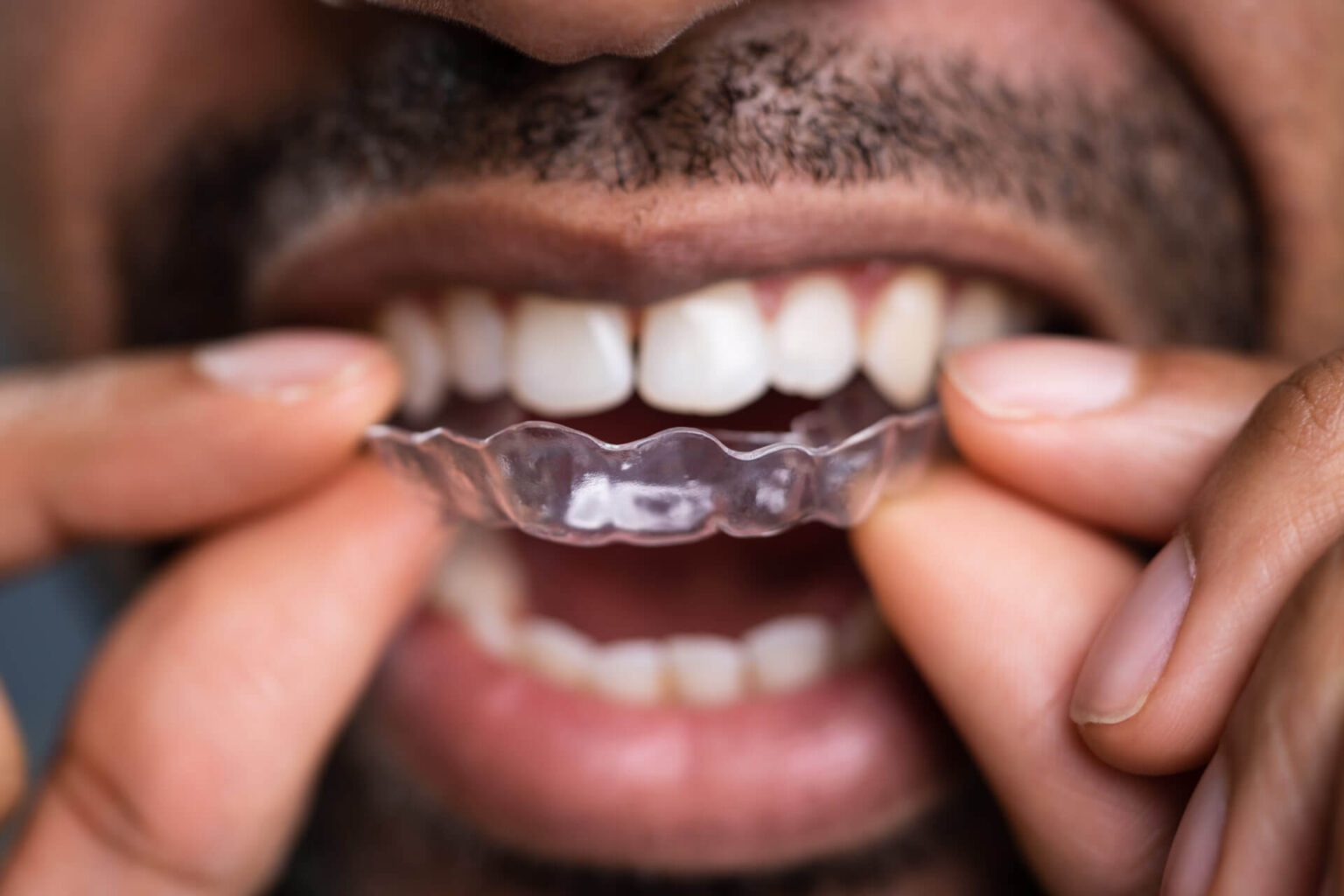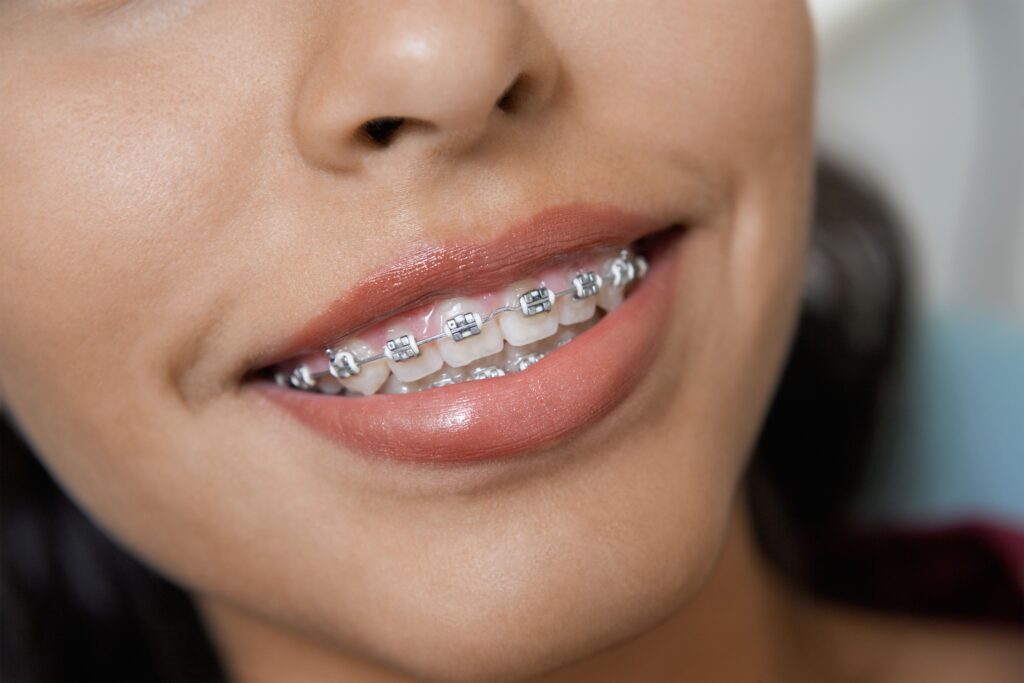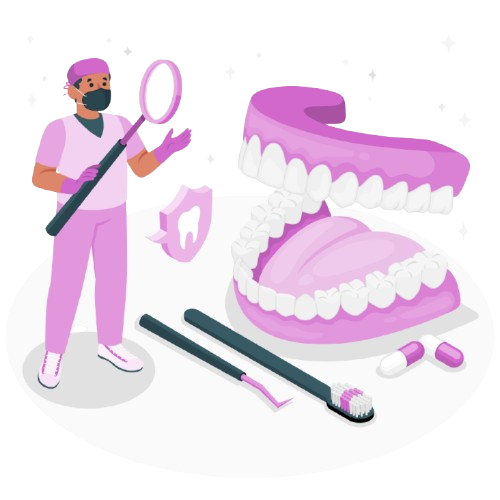Braces correct problems with dental alignment by exerting constant, slight pressure on your teeth throughout the day, for months and in some cases years.

Braces correct problems with dental alignment by exerting constant, slight pressure on your teeth throughout the day, for months and in some cases years.
Braces can do a lot more than just straighten teeth. In fact, they can line up your jaw and give you a better bite, space out crooked teeth, and close gaps in your smile.
There are several different types of braces used in modern orthodontics, and each one works in a slightly different way, but the main aim of braces for teeth is to straighten teeth.
Please feel welcome to contact our friendly reception staff with any general or medical enquiry. Our doctors will receive or return any urgent calls.

Clear aligners – unlike the metallic and ceramic brackets that work via pull, this exact there mechanism of action via push. The cases are carefully selected and may require more investigations as opposed to metallic and ceramic braces. Align bleach and bond is an alignment solution for adults whose main concern is the upper jaw alignment. It involves a brief alignment phase of up to 4 months, followed by 4-6 weeks of tooth whitening and if necessary masking to alleviate all esthetic concerns. It can either be metallic, ceramic or clear aligners.

Metallic – They are the easiest and fastest way to get your teeth aligned. This is due to reduced friction between the metallic wire and the metallic bracket slot. The only draw back is the esthetic concern.

Ceramic – In the quest to cure the esthetic concern brought about by the metallic brackets, clear/ceramic brackets are advocated. They are slightly bulkier and movement is slightly slower as compared to metallic brackets.
A healthy, functional and attractive smile requires teeth that are straight and jaws that are well aligned. The goal of orthodontics is to correct the cosmetic and functional problems associated with teeth that are either overcrowded, have spaces between them, or that have shifted over time due to extractions, habits, or abnormal bite patterns.
After treatment, you are likely to experience the following benefits:
Most people with mild malocclusion will not require any treatment. However, your dentist may refer you to an orthodontist if your malocclusion is severe.
Depending on your type of malocclusion, your orthodontist may recommend various treatments. These can include:
